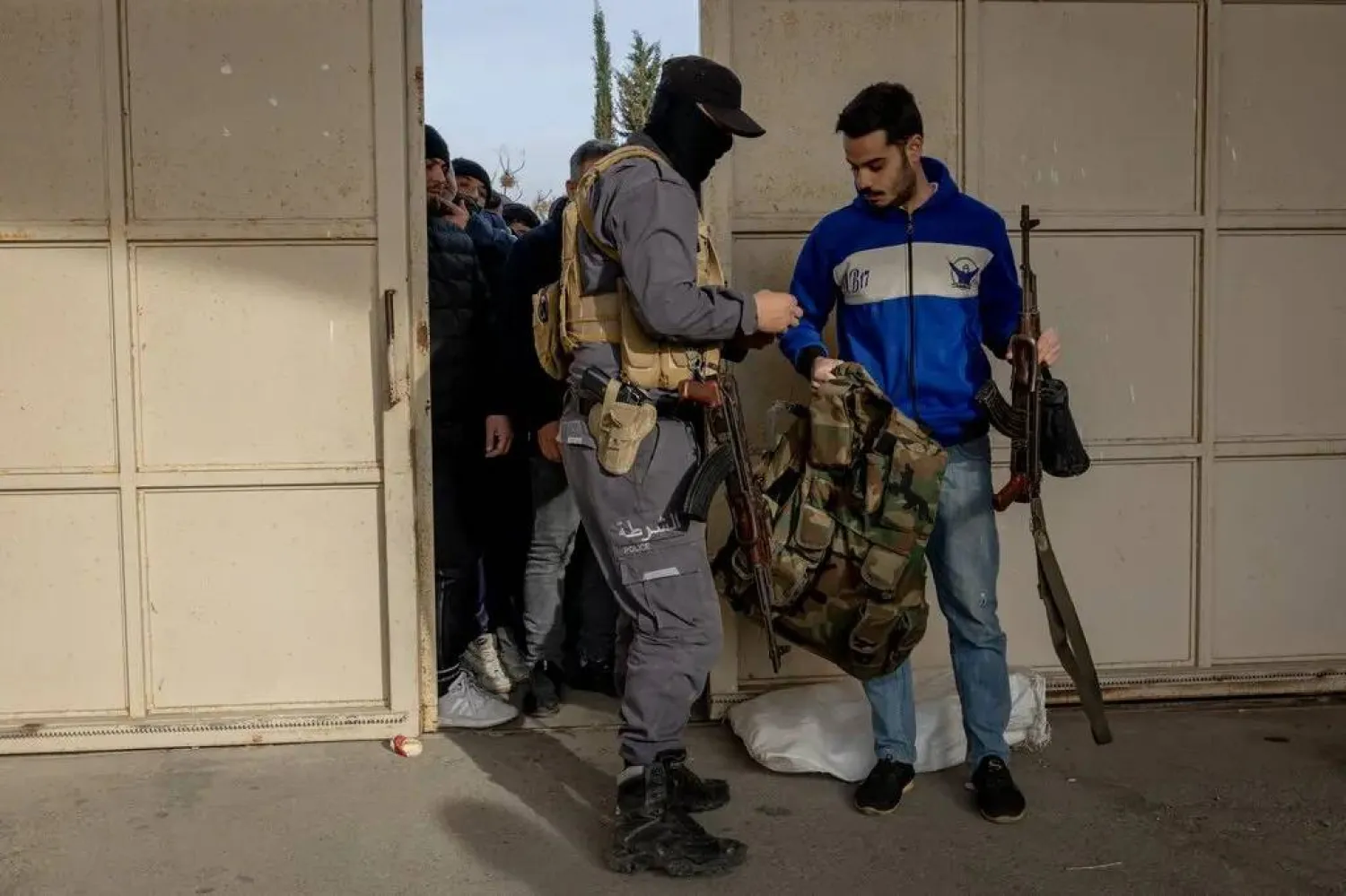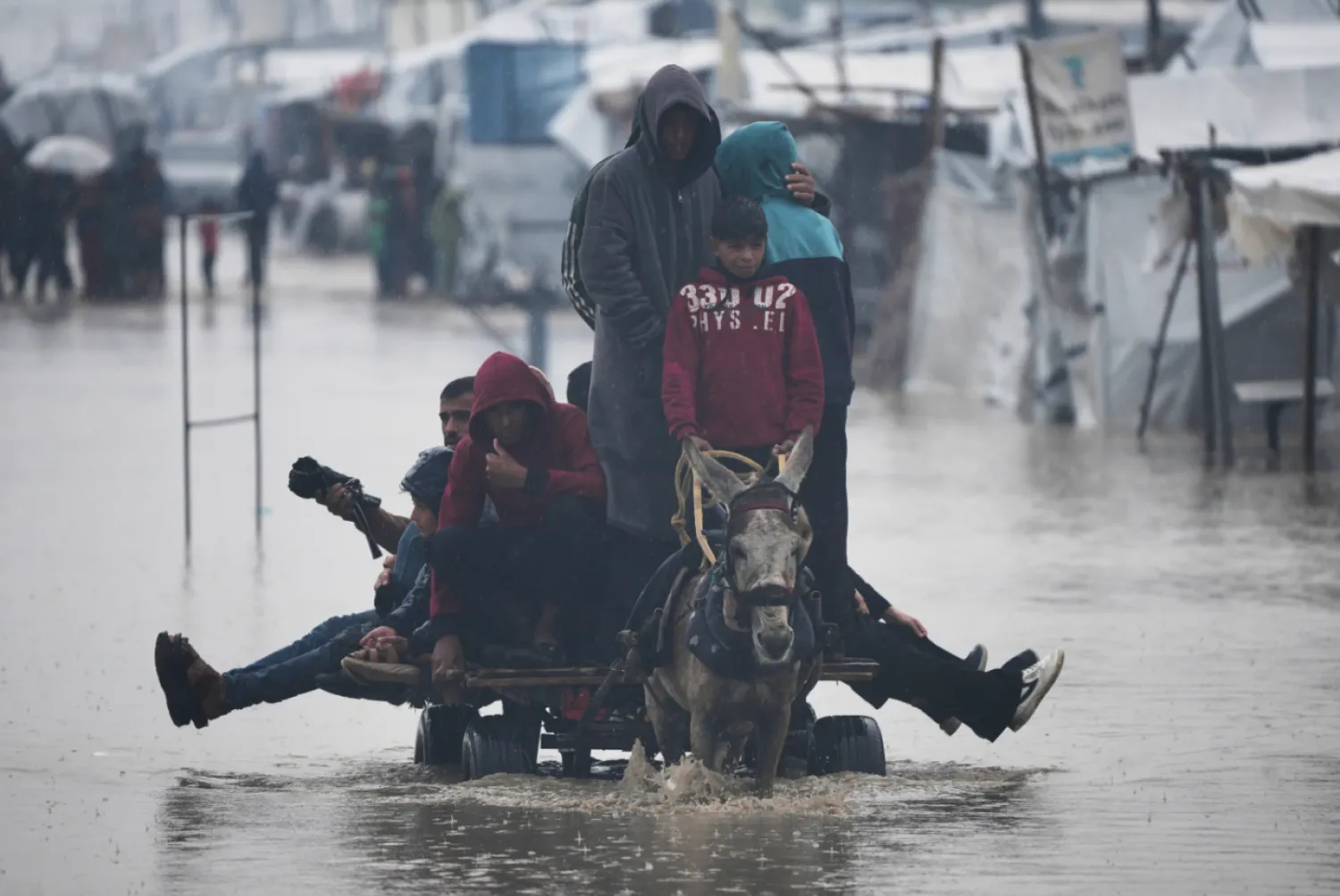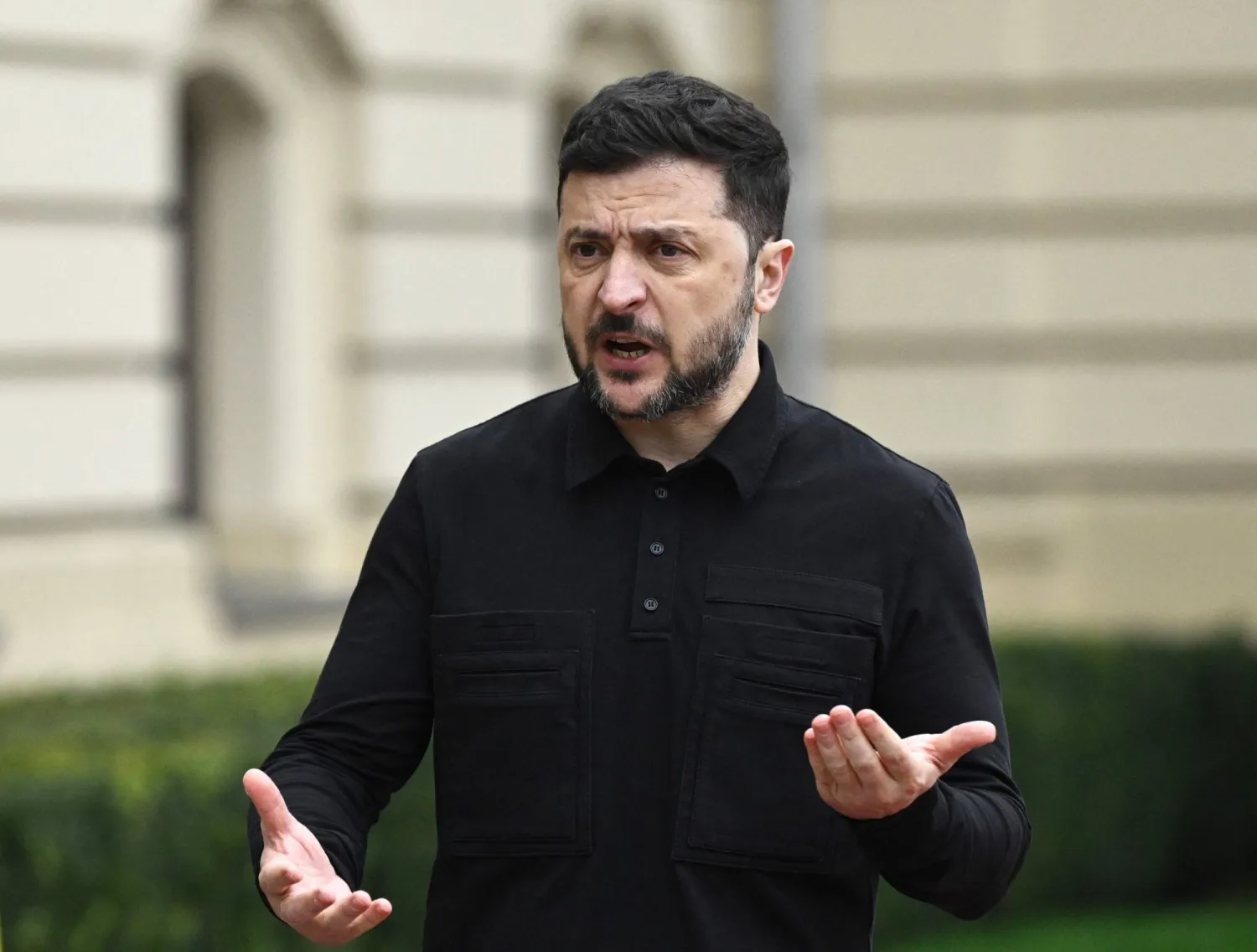With various foreign forces at play in Syria, the current government effectively only controls 15 percent of its borders with neighboring countries and half of their land crossings, most of which are shared with Lebanon.
For the first time since 2011, the frontlines in Syria hardly shifted in 2020. The country is split between three “regions of influence”. Sixty-five percent of territories are controlled by the regime, with Russian and Iranian backing. The government controls the capital Damascus, Aleppo, Homs, Hama, Latakia, Daraa, Tartus and Deir Ezzor.
The Syrian Democratic Forces (SDF), backed by the US-led anti-ISIS coalition, control 25 percent of territories that boast the majority of Syria’s gas, oil and water wealth. The Idlib province and cities of Jarablus, Afrin, Tal Abyad and Ras al-Ain, all of which are mostly populated by refugees and comprise some 10 percent of Syria, are controlled by Turkish-backed opposition factions.
Illusory control
French researcher Fabrice Balanche said in a report earlier this week that the control of borders is a reflection of sovereignty. “The regime’s scorecard remains nearly blank on that front. The Syrian army controls only 15 percent of the country’s international land borders; the rest are divided between foreign actors,” he said in the report published by the Washington Institute.
“Hezbollah and other Iranian-backed militias currently control around 20 percent of the country’s borders. Although Syrian customs authorities are officially in charge of the crossings with Iraq (Abu Kamal), Jordan (Nassib), and Lebanon (al-Arida, Jdeidat, al-Jousiyah and al-Dabousiyah), the reality is that true control lies elsewhere,” he stated.
“The Lebanese border is occupied by Hezbollah, which has established bases on the Syrian side (Zabadani, al-Qusayr) from which it dominates the Qalamoun mountainous region. Similarly, Iraqi militias manage both sides of their border from Abu Kamal to al-Tanf. The stranglehold of pro-Iranian forces also extends to several of Syria’s military airports, which often serve as receptacles for Iranian weapons destined for Hezbollah and the Golan Heights frontline with Israel. This situation reveals Syria’s complete integration into the Iranian axis,” he continued.
The government regained control of the Nassib crossing with Jordan in mid-2018 in line with a Russian-American-Jordanian agreement. The deal called for Washington to abandon opposition factions in exchange for a return of the regime and expulsion of Iranian forces from the area. However, Russian-backed factions currently control vast areas near the border with Jordan.
Balanche noted that despite the regime’s reopening of the Nassib crossing “traffic remains very limited today, and the army’s presence in the Daraa province is superficial. To quickly tamp down growing resistance in the area, the regime was forced to sign reconciliation agreements brokered by Russia, leaving local rebels with temporary autonomy and the right to keep light weapons. Ex-rebels have also maintained strong cross-border links via the Jordanian frontier, giving them a potential source of logistical support in the event of a new conflict (and very lucrative smuggling income in the meantime).”
Russian officers deployed at the Hmeimim base recently agreed a new settlement that allows the Syrian army to enter Tafas in western Daraa.
The government controls the illegal and five official border crossings with Lebanon. On the Golan front with Israel, Syria boasts no official crossings. The area is divided by a disengagement line. After 2011, the area fell in the hands of opposition factions. The regime, with Russian support, however, recaptured the area in early 2018.
Proxies and borders
“In 2013, Turkey began construction of a border wall in the Qamishli area, a stronghold of the Syrian Kurds; it has since extended this barrier along the entire northern frontier,” continued Balanche. One objective was to prevent infiltration: first by the Kurdistan Workers Party (PKK), a group that Ankara regards as its chief domestic enemy and the parent organization of the Kurdish factions that control large parts of north Syria; and later by ISIS, after a wave of extremist terrorist attacks rocked Turkey in 2015.”
“Another objective was to block the flow of additional Syrian refugees into Turkey, where 3.6 million are already being hosted. Individual crossings are still possible via ladders and tunnels, but Turkish police stop most such migrants and bluntly send them back to Syria,” he added.
“In October 2019, Turkey launched a cross-border offensive in the north, spurring American forces to withdraw from most of the territory controlled by the Kurdish-led Autonomous Administration of North and East Syria. Russia then took control of the contact zones between the SDF, Turkey, and its Syrian National Army auxiliaries in accordance with the ceasefire agreement concluded in Sochi that same month. Russian-Turkish patrols replaced US-Turkish patrols on these contact lines to ensure that the SDF withdrew from the Turkish border area,” he said.
“Although (Syrian president Bashar) Assad’s forces have been asked to deploy a few hundred troops along that frontier, their presence is merely symbolic. Russian patrols have since ventured further east, trying to set up a post at al-Malikiyah (Derik in Kurdish) and take control of the crossing with Iraq at Semalka/Peshkhabur, the only land supply route available to American troops in northeast Syria,” Balanche explained.
“In effect, the only portion of the northern border under Assad’s control is the Kasab crossing north of Latakia, and even that has been closed on the Turkish side since 2012,” he noted. From Kasab to the far eastern border, the Syrian side of the frontier is successively controlled as follows:
- By pro-Turkish Turkmen fighters until Khirbet al-Joz
- By the extremist group Hayat Tahrir al-Sham between Jisr al-Shughour and Bab al-Hawa
- By pro-Turkish rebels of the so-called “Syrian National Army” (SNA) up to the Euphrates River
- By the Russian army and the Kurdish-led Syrian Democratic Forces (SDF) around Kobane
- By the SNA between Tal Abyad and Ras al-Ain
- By the Russian army and SDF from Ras al-Ain to the Tigris River
From Tehran to Damascus
“All of the northern crossings into Turkey remain closed, and the border wall blocks smuggling activities. This makes Semalka/Peshkhabur the only international window open to the autonomous Kurdish administration. On the Iraqi side of Syria’s eastern border, militias have been in charge of most areas since fall 2017, when the Kurdistan Regional Government lost control over disputed territory between Kirkuk and Sinjar,” stated Balanche.
“Crucially, though, this lost territory did not include Peshkhabur. The SDF control the Syrian side of the border with the support of US troops, but Iranian proxies have prohibited them and other actors from using any other crossing points, partly with the help of Russian diplomatic cooperation,” he said.
“For instance, the official al-Yarubiya border crossing has been closed to UN humanitarian aid ever since Russia vetoed its renewal at the Security Council in December 2019. Another consequence of this decision is that all UN aid to the entire autonomous Kurdish administration must first be sent to Damascus before it can be transferred to the northeast,” he explained.
“The Semalka/Peshkhabur crossing is therefore vital to the autonomous region’s political and economic survival, serving as the only entry point for the numerous NGOs who operate there and provide indispensable support to the local population,” Balanche said. “Yet the Syrian government still considers entry via that crossing to be a crime punishable by up to five years in prison, so NGOs entering the autonomous administration from Iraq must be careful not to conduct any activities in regime-controlled areas.”
The regime’s intransigence on humanitarian issues is likely Assad’s way of trying to reassert at least one aspect of border sovereignty, speculated Balanche.
Open skies
“In addition to ceding most of its land borders to Russia, Turkey, Iran and the United States, the Assad regime has also failed to reestablish control over Syria’s skies and territorial waters,” continued the report. “Its maritime zones are monitored by forces from Russia’s base in Tartus, and most of its airspace is controlled from the Russian base at Hmeimim. Iran relies on Moscow’s air assets for protection from Israeli strikes—a limited safeguard at best, since Russia does not shield Tehran’s more provocative activities such as transferring missiles to Hezbollah or strengthening its positions in the Golan. For its part, the United States maintains an air corridor between the Khabur River and the Iraqi border, where its last ground troops are located.”
“Despite its occasional public declarations about reconquering all of Syria, Damascus seems content to submit to this game of foreign powers and hold limited sovereignty over reduced territory for the long term,” said Balanche. “Even if US troops fully withdraw from the east, the country will remain in the hands of the ‘Astana triumvirate,’ so Assad has little choice in the matter.”









